As a Certified Health Coach helping people adopt a whole food, plant-based diet, I often get asked about dairy. It goes something like this . . .
Q: “If I eliminate dairy on a plant-based diet, will I get enough calcium?”
A: Yes, you can get enough calcium on a whole food, plant-based (WFPB) diet. The best source of calcium is from plants. Here’s why.
- Calcium from whole plant foods is better absorbed. You’ll absorb 50% or more of the calcium from some dark leafy greens compared to only 32% from milk.
- People that eat fruits and vegetables have denser bones. (More is needed than calcium.)
- Green vegetables contain nutrients in addition to calcium, like vitamin K, that are important for bone health.
- Calcium from plants comes with fiber, folate, iron and antioxidants that are missing in dairy.
- Plant-based calcium comes without the saturated fat and/or sugar and high calories found in dairy.
- Plant sources of calcium do not come with the serious health risks associated with dairy consumption (even low-fat dairy,) including many cancers (bladder, ovarian, prostate, colorectal and testicular cancers,) and heart disease.
Best Whole Food Plant-Based Sources of Calcium
(mg of calcium per 100 calories, unless otherwise noted)
For reference, milk contains 189 mg of calcium per 100 calories (but only 32% is absorbed!)
| Bok choy | 775 |
| Turnip greens | 685 |
| Collard greens | 539 (134 mg in ½ cup cooked!) |
| Tofu (4 oz.) | 200 – 434 (great source, and anti-cancer) |
| Kale | 257 (100 mg in 1 cup raw! That’s a lot!) |
| Romaine lettuce | 194 |
| Sesame Seeds, unhulled | 170 |
| Broccoli | 114 |
| Cucumber | 107 |
| Carrots | 81 |
| Beans, refried pinto beans, vegetarian (1/2 cup) | 42 |
| Navy beans (1/2 cup) | 63 |
| Almonds, whole (1/4 cup) | 92 |
| Almond butter (2 Tbsp.) | 111 |
| Tahini (2 Tbsp.) | 128 |
There are some other sources of calcium available to you on a plant-based diet.
- Fortified plant-milks – 100-450 mg per serving, check the label
- Blackstrap molasses – 400 mg in 2 Tbsp
- Plain soy yogurt – 300 mg per 6 oz. serving
- Fresh green juices – Kale juice from 3 large leaves provides 109mg. The juice from 1 large cucumber provides 33mg of calcium. (See the video Bone Building Green Juice Recipe.)
NOTE: Oxalic acid, which is found in spinach, rhubarb, chard, and beet greens binds with the calcium and reduces its absorption. Try to eat these greens separately from your high calcium meals.
Should You Take a Calcium Supplement?
The current recommended daily intake of calcium in the U.S. is 1000 mg for women ages 19 – 50 and men ages 19 – 70, and 1200 mg for women over 50 and men over 70. Some physicians feel this is high.
The latest research suggests that high dose calcium supplements contribute to cardiovascular disease and increase colorectal cancer risk. The current guidelines recommend we not exceed 1400 mg of calcium a day.
In the EPIC-Oxford study, vegans eating at least 525 mg of calcium did not have more bone fracture rates than those eating an omnivorous diet.
Dr. Pam Popper feels that based on the available research, calcium recommendations are highly overblown, as most people can get along with just 400-500 mg of calcium intake a day. She does not feel that calcium supplementation is needed when eating a healthy plant-based diet.
Check this calcium in food chart to see how much calcium you may already be getting from foods you typically eat.
If you feel your calcium intake is falling short, you may want to consider a low-dose plant derived supplement.
Dr. Joel Fuhrman’s Osteo Biotect contains 200 mg of food-derived calcium along with vitamin K and magnesium for bone health. It also includes 250 IU of vegan D3.
A diet rich in green vegetables, beans and seeds combined with weight bearing exercise is the foundation for healthy bones.
If you’d like support in adopting a nutrient-dense healthy whole food, plant-based diet, check out the 6-week Juicy Plant-Based KickStart.
If you have questions, I want to know! Please post them in the comments below.

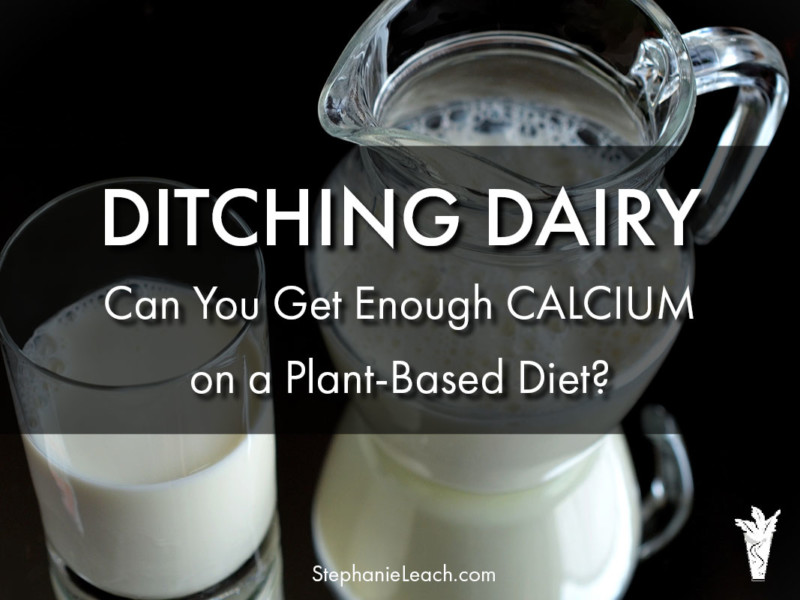
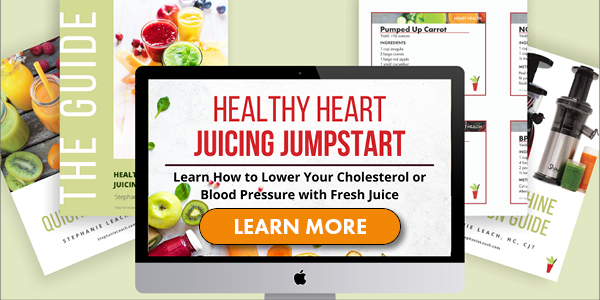

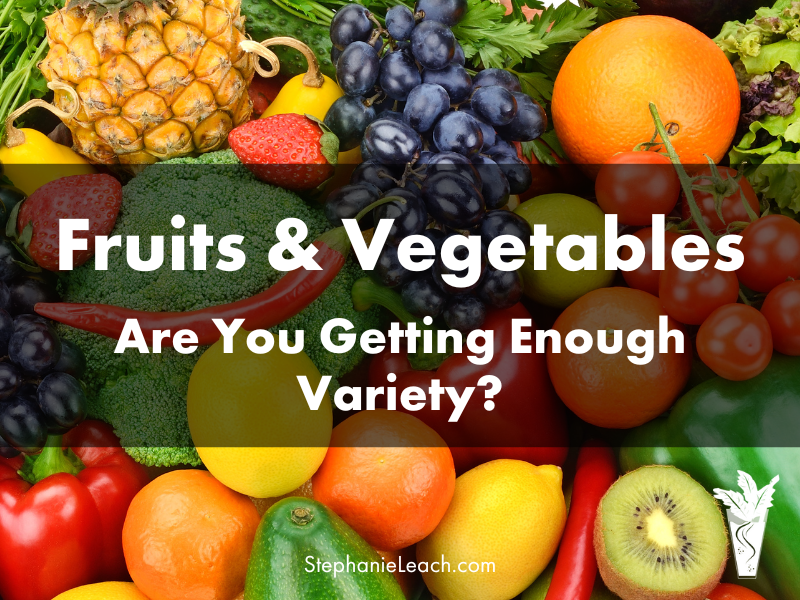
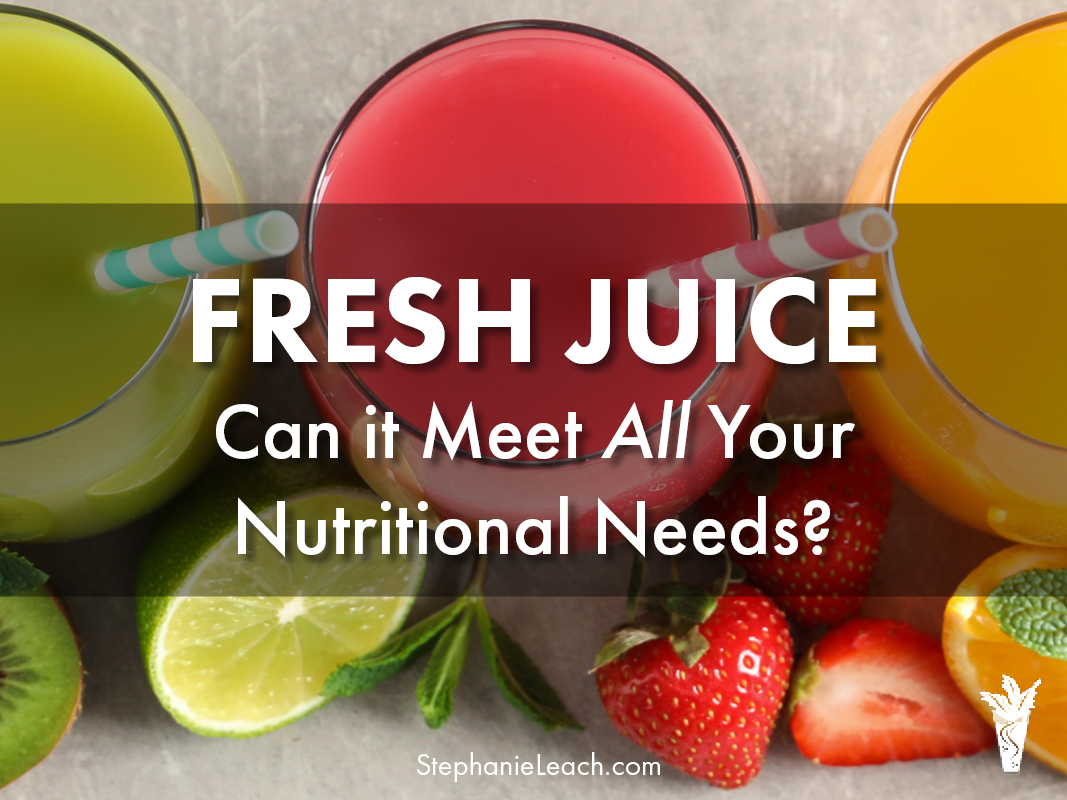
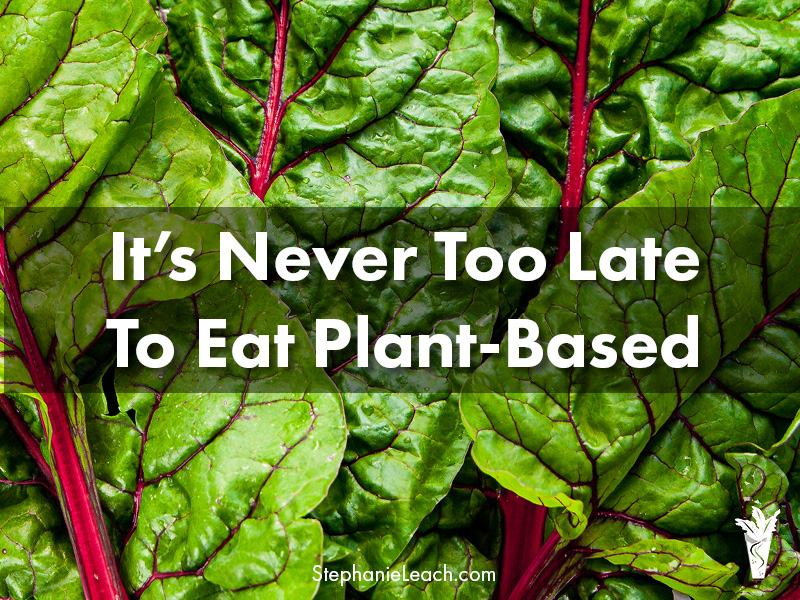
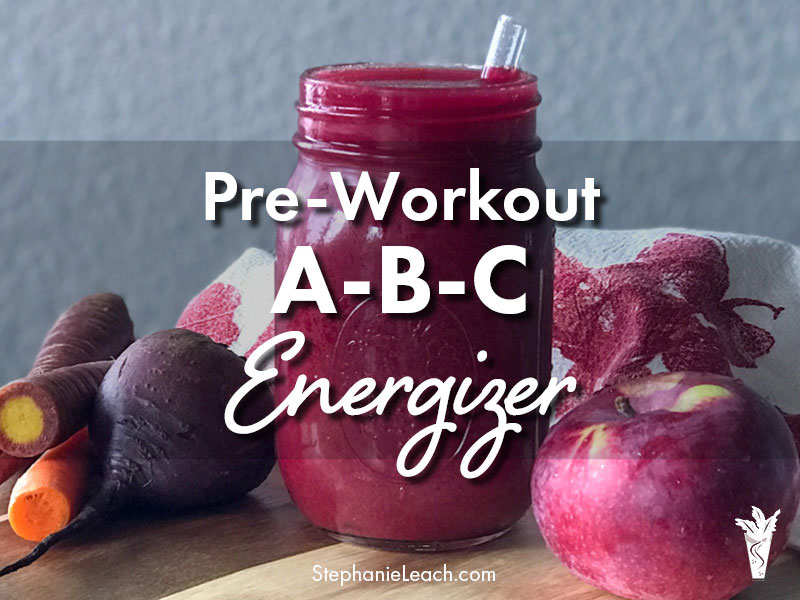

Leave A Comment